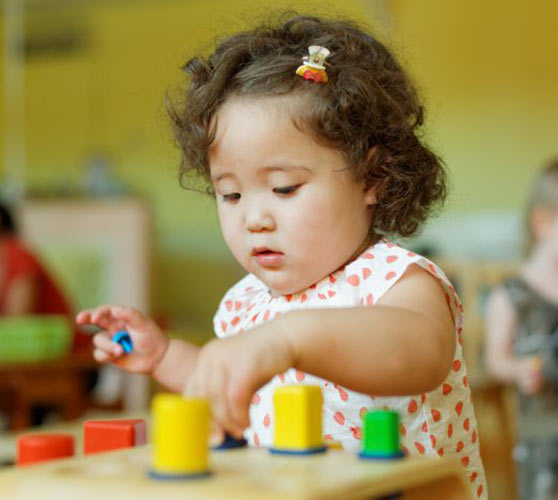Older siblings are vital to early brain development in babies
- March 1, 2019
- / Reggie Dogan
- / Post Tags

Parents are the most powerful influence on their children and deliver the most significant amount of nonverbal communication the children will receive in their lifetime. Parent involvement in early literacy is directly connected to academic achievement, but so is sibling involvement.
While more attention and focus are given to programs aimed at assisting parents to develop better guidance strategies and learning opportunities for babies and children, not many of them directly targeted siblings themselves.
The sibling relationship, in fact, is a natural place for younger children to learn, develop and grow intellectually, socially and emotionally. Siblings can encourage academic success. This is due to something referred to as the “sibling spillover effect” found in a 2014 study.
Older siblings can act as positive role models when they help their younger siblings with homework or give them academic advice. Older brothers and sisters also can be vital in the early childhood brain development of siblings.
The Studer Community Institute’s Sibling Brain Builders is designed to initiate positive interaction and collaboration among siblings with the ultimate goal of preparing more children for kindergarten and fulfilling the Institute’s mission to improve the quality of life.
In a pilot program planned to kick off in the fall, SCI and Bellview Middle School will work together to provide students with information, lessons, worksheets, reading materials and tools to share and use with their younger siblings at home. The program will promote brain building in babies, kindergarten and school readiness and provide experiences that will help them develop intellectually, socially and emotionally. The ultimate goal is to ensure that young children reach developmental milestones and are ready for kindergarten when they begin school.
Findings suggest that siblings can be a vital resource for teachers looking to build links between school- and home-based literacy practices. Every child grows at his or her own pace, but research shows that a child’s early years are the most important time for development.
The number of words a child has when he enters kindergarten varies greatly, depending on early stimulation. Nearly 85 percent of the brain is developed in the first three years.
During this critical time, children from underserved families may hear as many as 30 million fewer words than their peers from more affluent families. An important measure of a child’s development is kindergarten readiness. Escambia County’s kindergarten readiness rate is 46 percent, which means that more than half of the nearly 3,000 kindergartners aren’t ready for school.
Research shows that kindergarten readiness is among the most important measures of a child’s academic progress.Children who are behind in kindergarten are more likely to be behind in third-grade reading, and they rarely catch up throughout their school careers.
Children need someone in their homes to be their learning and reading role models with daily practice in order to navigate successfully through beginning literacy skills.
Studies on literacy development in sibling relationships stress that siblings may be an important bridge between school and home, particularly in families where the parents are less familiar with the school’s language of instruction than are the siblings who attend school.
This is especially true for low-income and underserved families — a demographic over-represented among children who struggle with reading — where older siblings can pass along school values to the home and home values to the school.
The synergy siblings produce through reciprocal teaching is unique to child-child relationships. In this way, either the younger or older sibling can take on a leadership role in creating a fluid relationship very different from the typical teacher/child or parent/child scaffolding process where an expert guides a learner.
Older siblings play an important role in the lives of their younger siblings. Like parents, older brothers and sisters act as role models and teachers, helping their younger sibling learn about themselves and their world.
By taking advantage of family connections already in place, SCI and Escambia schools want to promote literacy interactions between siblings in innovative ways that are both entertaining and maintain an element of choice that may generate new links between home and school.
 CivicCon launches with a look at good growth in cities
CivicCon launches with a look at good growth in cities
 Building stronger brains one baby, one parent at a time
Building stronger brains one baby, one parent at a time
 SCI debuts commercial on Early Learning City
SCI debuts commercial on Early Learning City
 Entrecon: World class speakers and an opportunity to sharpen skills
Entrecon: World class speakers and an opportunity to sharpen skills
 PYP Quality of Life survey 2017
PYP Quality of Life survey 2017
 EntreCon Pensacola 2016: A look back
EntreCon Pensacola 2016: A look back
 Leadership tip: getting better employee takeaways
Leadership tip: getting better employee takeaways
 Leadership tip: be interested instead of interesting
Leadership tip: be interested instead of interesting
 Leadership tip: delivering difficult messages
Leadership tip: delivering difficult messages
 Brain Bags boost Arc, Early Childhood Court programs
Brain Bags boost Arc, Early Childhood Court programs